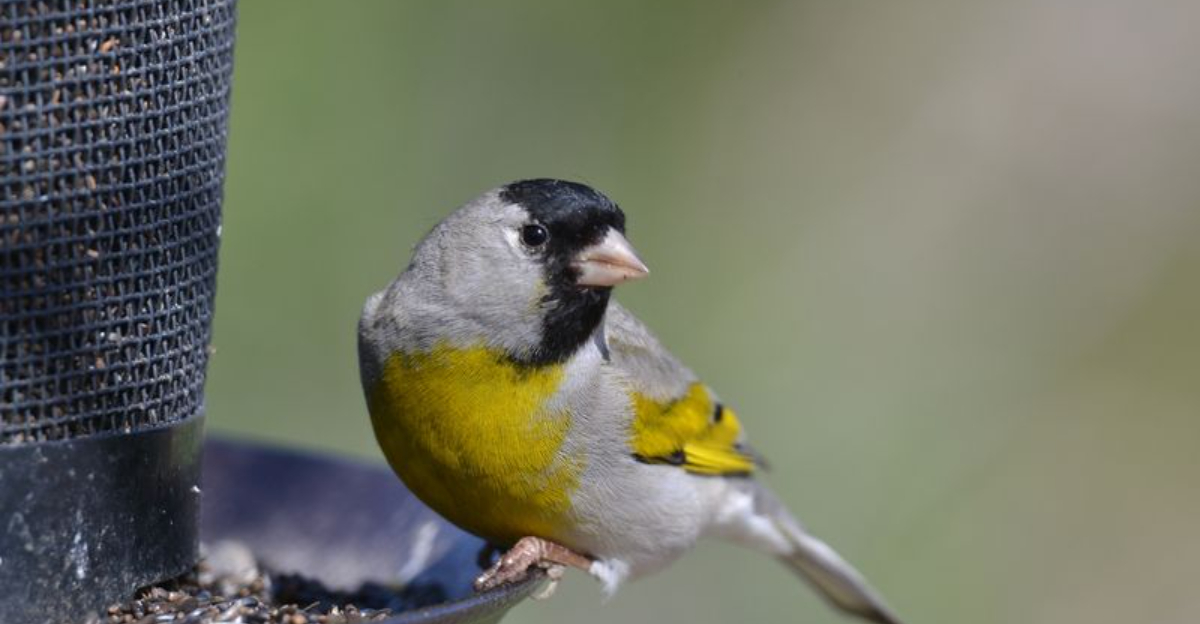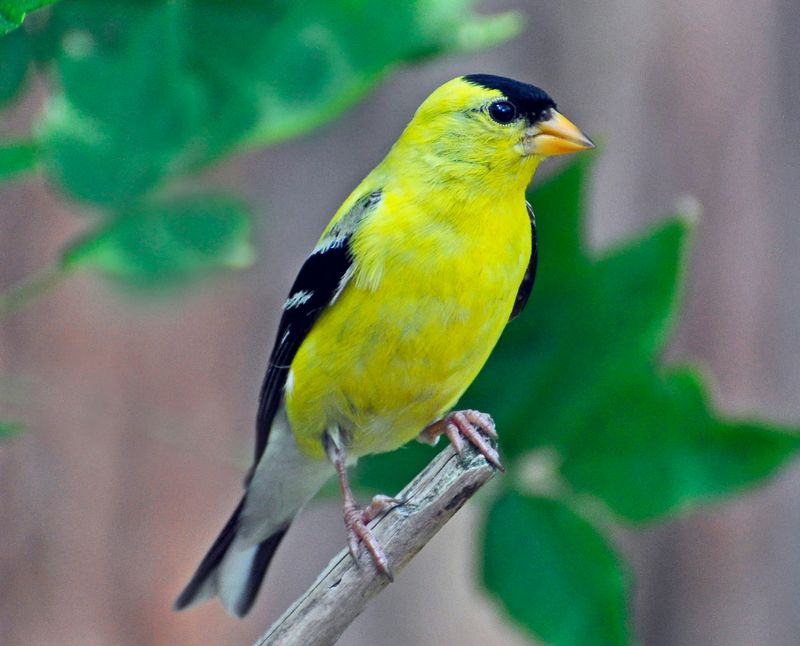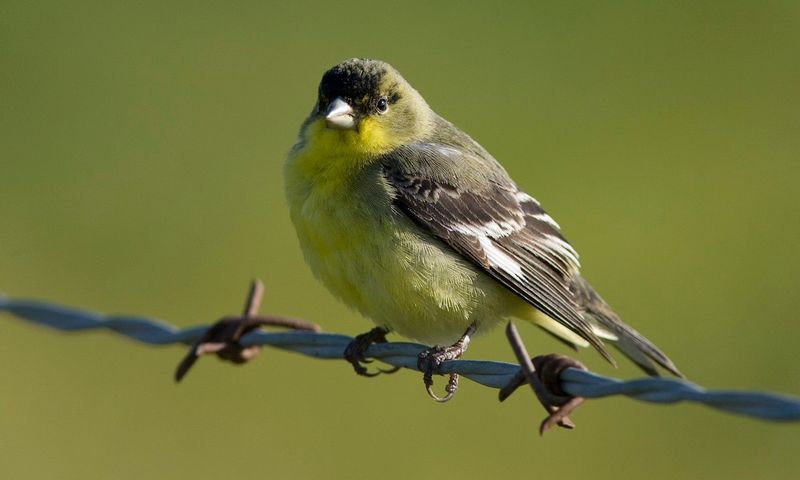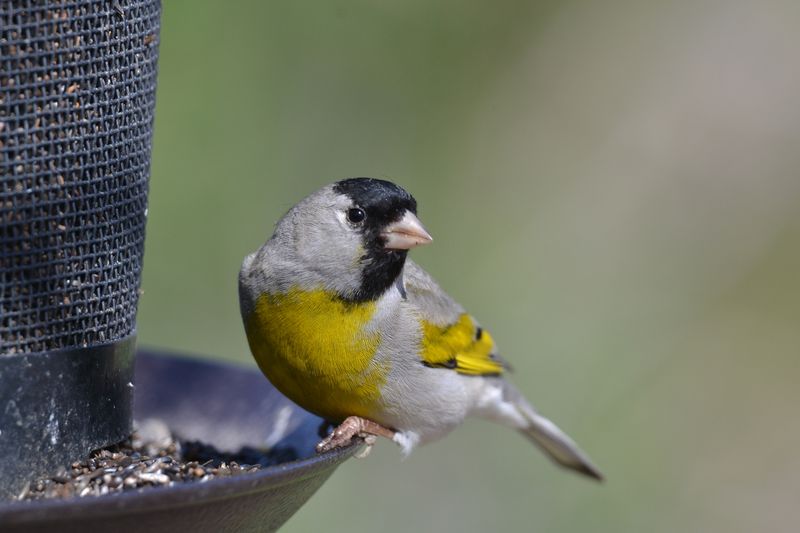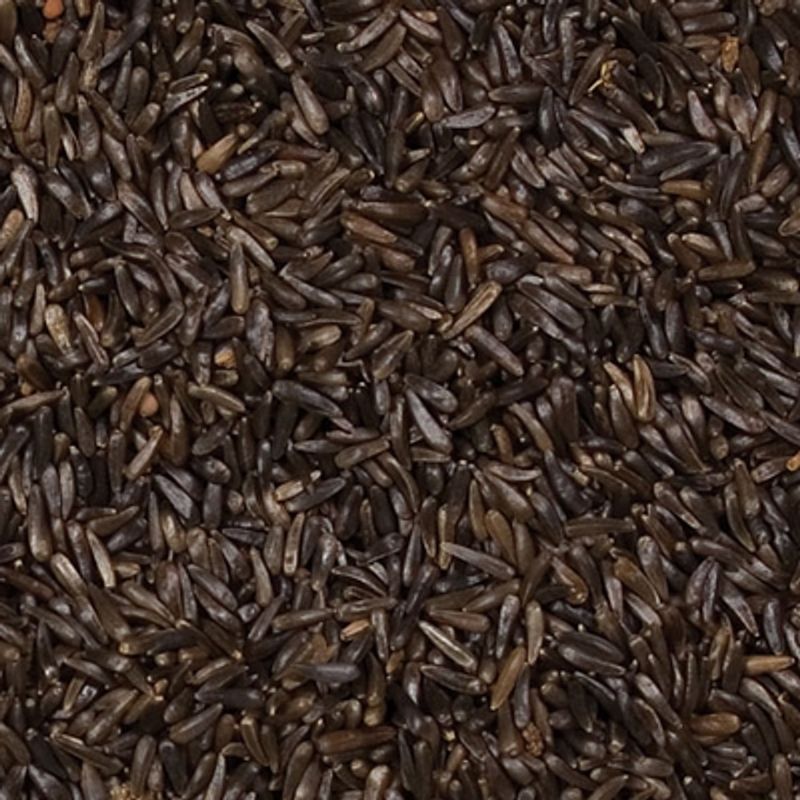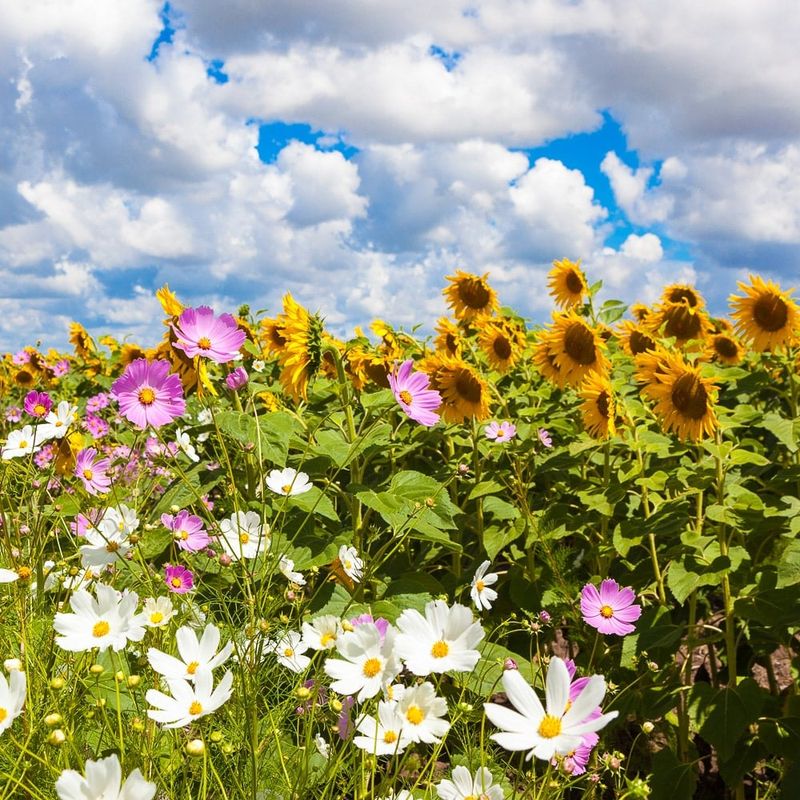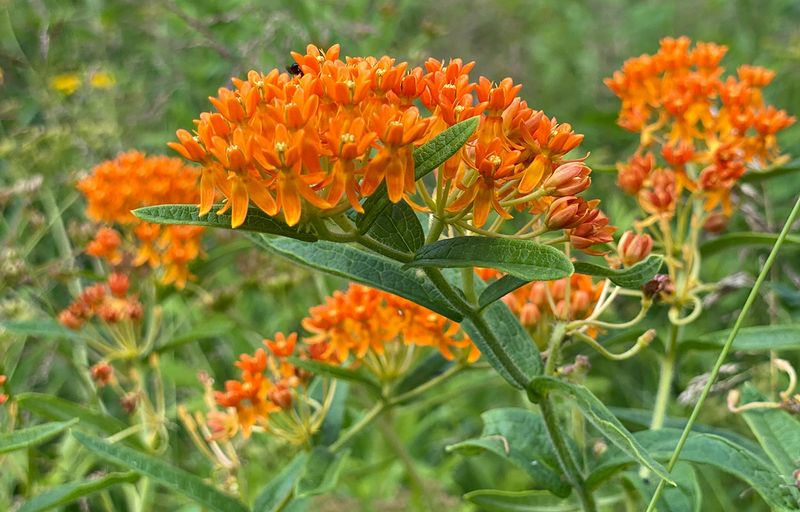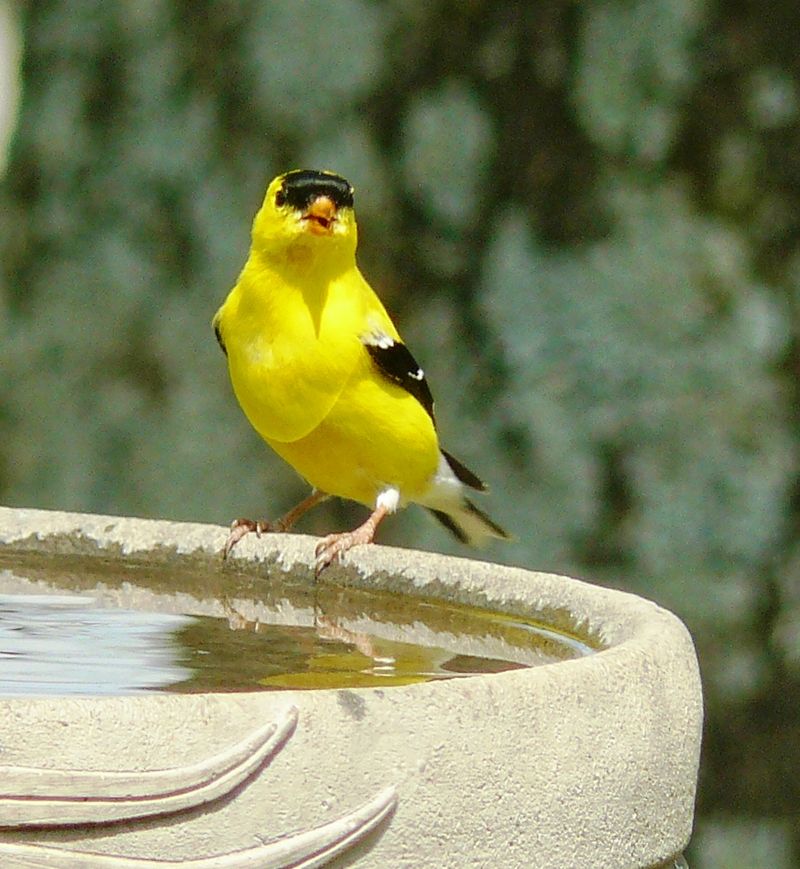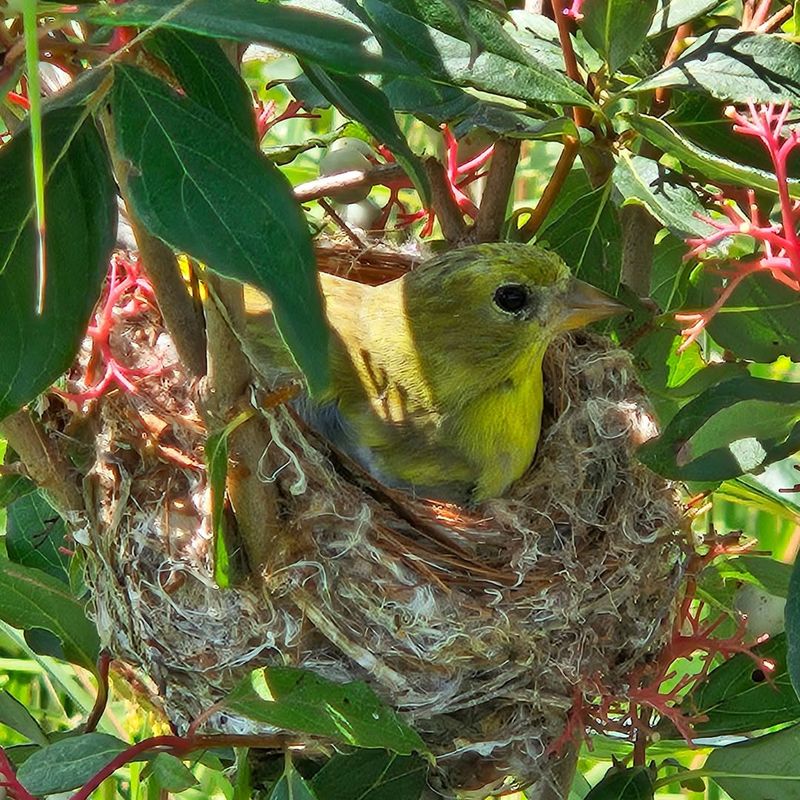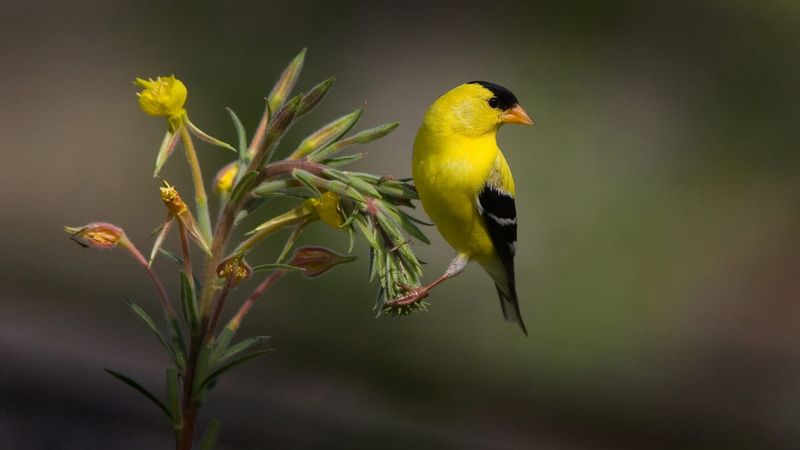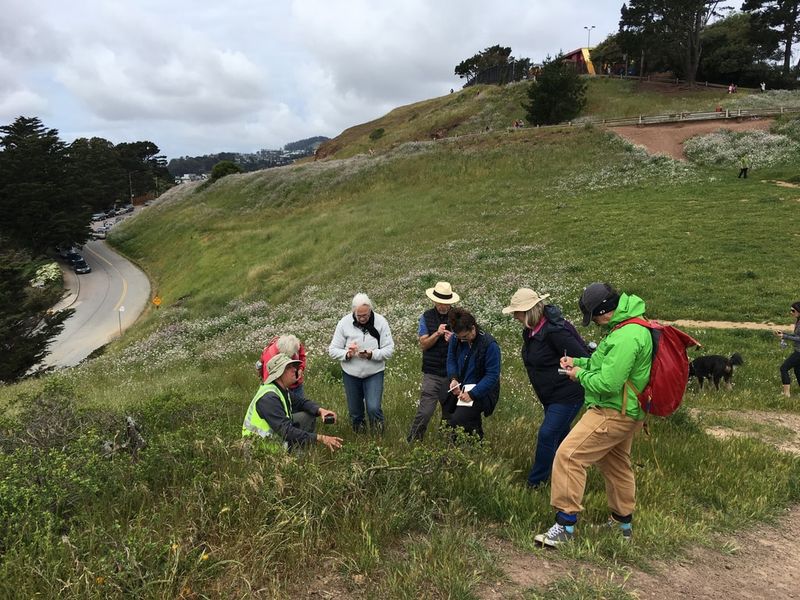Goldfinches, with their vibrant colors and delightful melodies, are a favorite among bird enthusiasts.
Attracting these beautiful birds to your garden involves understanding their preferences and creating a welcoming habitat.
This guide provides ten actionable tips to help you invite goldfinches into your outdoor space, ensuring your garden becomes a safe haven for these stunning species.
1. American Goldfinch (Spinus tristis)
The American Goldfinch is a common species easily recognizable by its striking yellow plumage during the summer months. As the seasons change to winter, their color shifts to more muted tones, providing a beautiful contrast against snowy backdrops.
Known for their cheerful songs, these small birds can be a joy to watch as they flit about your garden. They prefer open areas with plenty of seed-bearing plants and are often seen at feeders stocked with their favorite seeds.
Providing habitat that mimics their natural environment can greatly increase sightings in your garden.
2. Lesser Goldfinch (Spinus psaltria)
Lesser Goldfinches are commonly found in the western and southwestern United States. They are easily identified by their greenish back and the distinct dark cap on their heads.
These birds are often attracted to areas abundant with seeds and can be seen in gardens that offer a variety of seed-bearing plants.
Creating a habitat that features a mix of native flora will encourage these goldfinches to visit. These birds enjoy basking in the sun while feeding on seeds, so a sunny garden spot is ideal. Observing their vibrant activities can add life to any backyard.
3. Lawrence’s Goldfinch (Spinus lawrencei)
The Lawrence’s Goldfinch is a more elusive species, primarily found in California and the Southwest. With a striking gray body and yellow breast, they add a touch of elegance to any setting. These birds are drawn to weedy fields and areas with abundant wildflowers.
Providing a garden environment that mimics these features can help attract them. They are particularly fond of native plants, so including these in your garden design increases your chances of a visit.
Their unique song and appearance make them a delightful sight for bird watchers.
4. Offer Nyjer (Thistle) Seeds
Nyjer seeds, also known as thistle seeds, are a favorite among goldfinches. These tiny seeds are high in oil content, providing the necessary energy to sustain these active birds.
Offering them in specialized feeders can help attract flocks of goldfinches to your garden. Ensure the feeders are clean and placed in a safe, quiet location to encourage regular visits.
Pairing these feeders with a variety of flowering plants can create a visually appealing and inviting environment. Goldfinches are known to be social, so you might see several visiting at once, adding a lively touch to your outdoor space.
5. Provide Sunflowers and Daisies
Sunflowers and daisies are not only beautiful but also serve as natural food sources for goldfinches. These plants produce seeds that are favorites among these birds, attracting them with their bright colors and abundant seeds.
Planting them in clusters can enhance the garden’s visual appeal while providing ample food. Goldfinches are attracted to the vibrant colors and often choose these flowers to perch on while feeding.
Including a mix of these plants in your garden design will increase the likelihood of attracting a variety of goldfinch species, making your garden a colorful sanctuary.
6. Plant Native Seed-Bearing Flowers
Planting native seed-bearing flowers like coneflowers, Black-eyed Susans, and Milkweed can attract goldfinches to your garden. These flowers provide a reliable source of seeds and create a natural habitat that appeals to these birds.
Including a diverse range of native plants ensures a consistent food supply, enhancing the garden’s appeal to different bird species. Goldfinches are particularly drawn to these plants in both summer and autumn, enjoying the seeds and the shelter they offer.
Cultivating these plants contributes to biodiversity and supports the local ecosystem, making your garden a haven for wildlife.
7. Set Up a Fresh Water Source
Goldfinches, like all birds, require a reliable source of water for drinking and bathing. Setting up a birdbath with a dripper or fountain can create an inviting atmosphere for these birds.
The sound of moving water is particularly attractive, encouraging goldfinches to visit regularly. Place the birdbath in a shaded, quiet area to provide a safe and comfortable environment.
Regularly clean and refill the water to maintain freshness. By offering water, you not only attract goldfinches but also support other wildlife, contributing to a thriving and dynamic garden ecosystem.
8. Create Shelter with Trees and Shrubs
Creating shelter with trees and shrubs can offer goldfinches protection and nesting sites. These birds prefer dense foliage as it provides safety from predators and harsh weather conditions.
Selecting a variety of native trees and shrubs supports local wildlife and enhances the biodiversity of your garden. Strategic placement around the garden can create a natural sanctuary, encouraging goldfinches to make your backyard their home.
Providing shelter not only benefits goldfinches but also attracts other bird species, creating a vibrant and lively outdoor space for bird watching and enjoyment.
9. Avoid Using Pesticides
Maintaining a pesticide-free garden is crucial for attracting goldfinches and other wildlife. Chemicals can deter birds and harm the insects they feed on, disrupting the natural ecosystem.
Choosing organic gardening methods supports a healthy environment, encouraging a variety of birds to visit. Goldfinches prefer gardens where they can safely forage for seeds and insects.
By avoiding pesticides, you create a sanctuary that supports biodiversity. This approach benefits not only goldfinches but also other beneficial insects and plants, making your garden a thriving natural habitat.
10. Install Finch-Friendly Feeders
Finch-friendly feeders are designed to cater specifically to the feeding habits of goldfinches. These feeders often feature small perches, preventing larger birds from accessing the seeds, ensuring the goldfinches have exclusive access.
Installing these feeders in visible and accessible locations can increase goldfinch visits. Keep the feeders stocked with their favorite seeds to maintain interest. Observing these birds as they feed can be a delightful experience, offering insights into their social behavior.
Using finch-friendly feeders is an effective way to support and attract these charming birds to your garden.
11. Engage in Citizen Science
Engaging in citizen science projects can not only enhance your appreciation for goldfinches but also contribute to broader conservation efforts. By observing and recording goldfinch behavior and numbers, you can help scientists gather valuable data on these species.
Participating in local bird counts or joining online platforms dedicated to bird tracking can be rewarding. This activity connects you with a community of bird enthusiasts while providing insights into local biodiversity.
Citizen science encourages a deeper connection with nature and supports conservation, making your birdwatching experience both enjoyable and meaningful.
